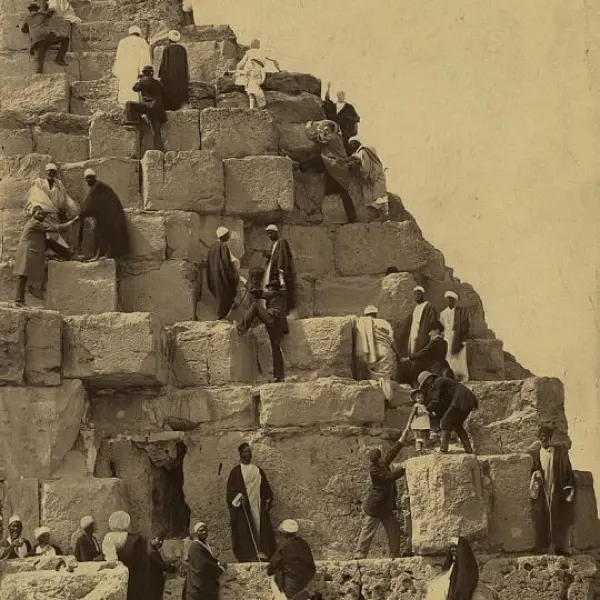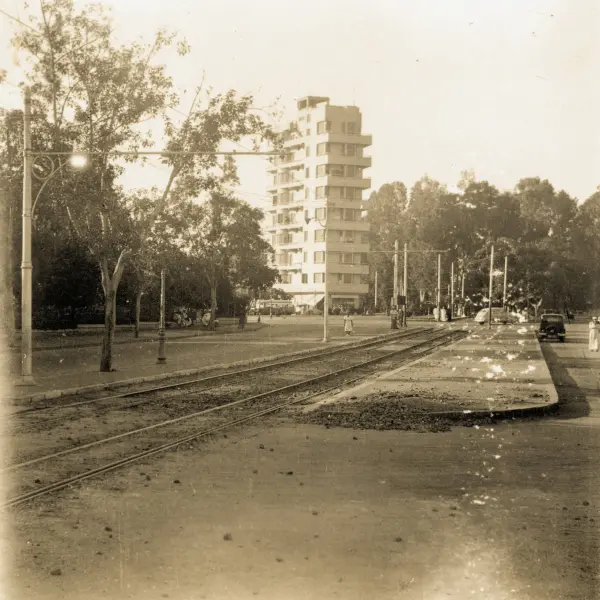Excavations of the Statue of the Sphinx
The Great Sphinx of Giza, one of the most iconic monuments in Egypt, has a fascinating history of excavations. By 1850, the Sphinx was largely buried in sand, with only its head and part of its neck visible. The first significant excavation attempt in modern times was undertaken by Giovanni Battista Caviglia, an Italian explorer, in the early 19th century. Caviglia managed to clear some of the sand around the Sphinx, revealing more of its body.
Throughout the 19th and early 20th centuries, various archaeologists and explorers continued the work of uncovering the Sphinx. Notably, in the late 19th century, Gaston Maspero, a French Egyptologist, conducted further excavations and studies of the monument. These efforts gradually revealed the full extent of the Sphinx, including its massive paws and the surrounding temple complex.
The Sphinx, believed to have been constructed during the reign of Pharaoh Khafre around 2500 BC, remains a subject of ongoing research and conservation efforts.
Throughout the 19th and early 20th centuries, various archaeologists and explorers continued the work of uncovering the Sphinx. Notably, in the late 19th century, Gaston Maspero, a French Egyptologist, conducted further excavations and studies of the monument. These efforts gradually revealed the full extent of the Sphinx, including its massive paws and the surrounding temple complex.
The Sphinx, believed to have been constructed during the reign of Pharaoh Khafre around 2500 BC, remains a subject of ongoing research and conservation efforts.
Envíado por OldPik el 6 de enero de 2025
Image

Debes iniciar sesión para comentar las fotos.
Iniciar sesión
Iniciar sesión














Sin comentarios aún, sé el primero en comentar...